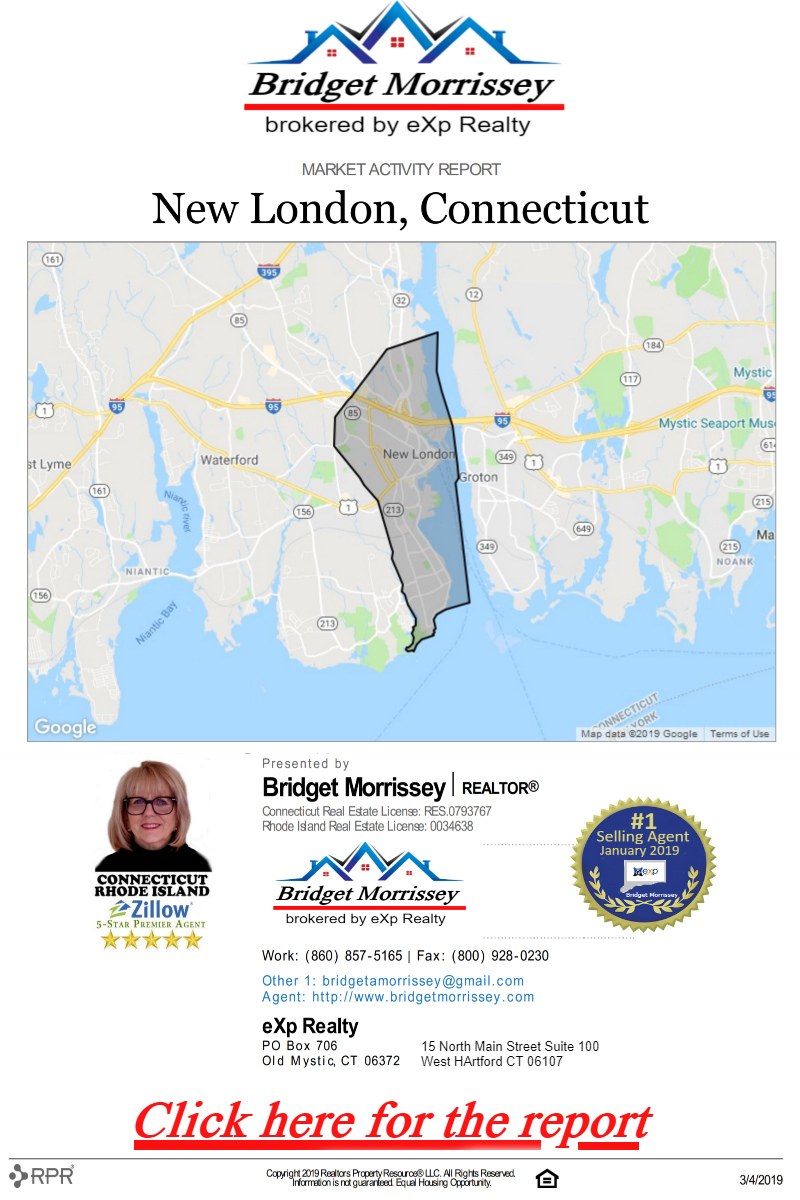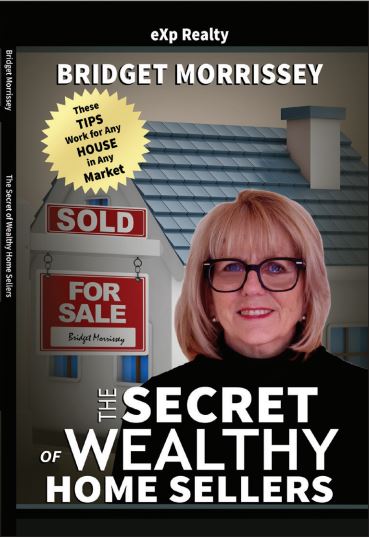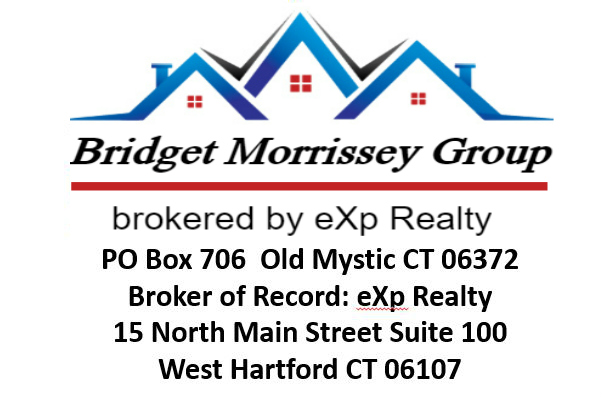o/~ “Chestnuts roasting on an open fire, Jack Frost nipping at your nose…. even though your windows are closed….” o/~
If that sounds disturbingly like your home in the middle of winter, we’ve got to talk. You may not want to admit it, but something is very wrong with your windows and doors. On cool, calm days you can’t really tell if it’s cold inside because you have the thermostat turned down a bit or if if that chilliness is cold air leaking in from your windows, but on windy days there’s no doubt.
Just looking at those windows makes you shiver. Don’t suffer needlessly from low indoor temperatures and high utility bills. Instead, do something about it! It’s time for weatherstripping.
What is Weatherstripping?
Weatherstripping is essentially any material you use to close up gaps between two surfaces of building materials located on an outside wall (generally). The act of installing weatherstripping is also commonly known as “weatherstripping,” so it can get a little confusing.
Even though it may look like your house doesn’t have any gaps between, say your window trim and the wall or the upper and lower portions of your double-hung windows, the chances are good that there are lots of small cracks you’re just not seeing. As a result, you’ll end up leaking climate controlled indoor air out into the outdoors. Sometimes this is really obvious. You’ll feel the air temperature differential or you’ll literally see bright light shining through the gaps when the room is darkened.
More often, though, you’ll find some of the gaps and miss a lot more because they can be very hard to detect. Homeowners and pros alike handle this issue in a few different ways:
They perform yearly maintenance on the weatherstripping. When you’re positive that your home isn’t leaking air, there’s not really any reason to refresh the weatherstripping or recaulk everything that is nailed to something else. But if you’re not sure of your leak status or you simply don’t think you will be able to tell where leaks are forming, spending a day laying down new beads with the caulk gun and replacing any worn weatherstripping will ensure your home is ready for the coldest and hottest days.
They take advantage of infrared camera technology. Infrared cameras are really cool. Or, at least, they can show you where things that are really cool happen to be located. Although they’re not fool-proof, if you want to give this tech a try, you can pick up a model that will attach to your smartphone for a lot less than the units the pros tend to use. When an area turns up icy blue (or another color, depending on your camera settings), you can then manually inspect that area for unexpected air flow.
They enlist the help of a energy specialist for an energy audit. Many utility companies have an energy specialist on hand to help with energy audits. Even those that don’t will keep a list of independent home pros that can perform the same service. They have all kinds of neat tools in their bags and will not only point out the drafts, but can help you deal with these and the other energy losers in your home.
You may be surprised (or even alarmed!) at how much of your home’s indoor air is leaking in from the outside and the other way around. But you can’t efficiently weatherstrip your home until you know where the leaks are, so it’s a painful, but necessary first step Again, if you’re just really in love with the caulk gun, a refresh never hurt anything, but you probably have other things you’d like to be doing.
Do You Need an Energy Audit?
While you can perform a sort of DIY energy audit on your own, if you want a detailed analysis of where the weather is getting in, plus all the other hints and tips for saving energy that come with a formal energy audit, you don’t have to look any further than your HomeKeepr community! Your real estate agent has already made the connections with the best home pros in the area, their experiences and recommendation can save you a lot of headaches in the long run.

.jpg)


























